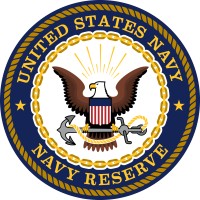
Air Force Space Command
Air Force Space Command, activated Sept. 1, 1982, is a major command with headquarters at Peterson Air Force Base, Colo. AFSPC provides military focused space and cyberspace capabilities with a global perspective to the joint warfighting team. People More than 40,000 professionals assigned to 134 locations worldwide. Organization Fourteenth Air Force is located at Vandenberg AFB, Calif., and provides space capabilities for the joint fight through the operational missions of spacelift; position, navigation and timing; satellite communications; missile warning and space control. Twenty-fourth Air Force is located at Joint Base San Antonio - Lackland, Texas, and its mission is to provide combatant commanders with trained and ready cyber forces which plan and conduct cyberspace operations. The command extends, operates, maintains and defends its assigned portions of the Department of Defense network to provide capabilities in, through and from cyberspace. The Space and Missile Systems Center at Los Angeles AFB, Calif., designs and acquires all Air Force and most Department of Defense space systems. It oversees launches, completes on-orbit checkouts and then turns systems over to user agencies. It supports the Program Executive Office for Space on the Global Positioning, Defense Satellite Communications and MILSTAR systems. SMC also supports the Evolved Expendable Launch Vehicle, Defense Meteorological Satellite and Defense Support programs and the Space-Based Infrared System. AFSPC major installations include: Schriever, Peterson and Buckley Air Force Bases in Colorado; Los Angeles and Vandenberg Air Force Bases in California; and Patrick AFB in Florida. Major AFSPC units also reside on bases managed by other commands in New Mexico, Texas, Illinois, Virginia and Georgia. AFSPC manages many smaller installations and geographically separated units in North Dakota, Alaska, Hawaii and across the globe.






